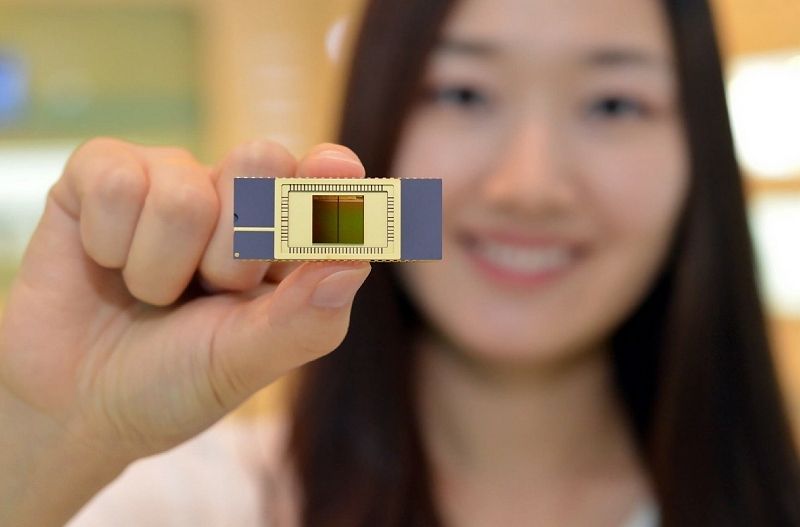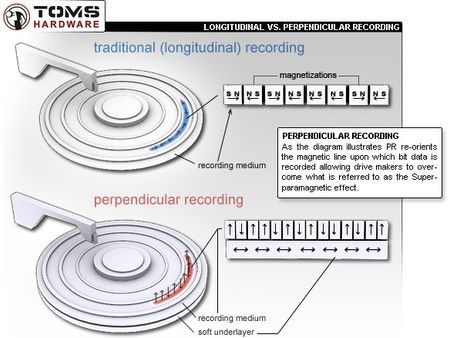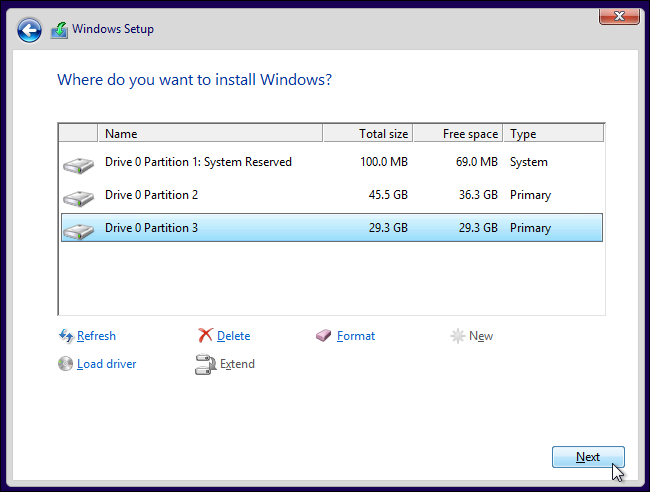
Solid state drivers provides hard drive capacity enthusiasts with the ideal solution to kill of the performance bottleneck that they receive while running the traditional mechanical hard drives. At the expense of the mediocre size of the hard drive coupled with its exorbitant price tag, solid state drives provide users with a sequential and random read and write speeds that cannot be fathomed by a mechanical hard drive. Fortunately, the price of solid state drives are about to dramatically reduce thanks to Samsung’s research in 3D V-NAND flash memory, which is currently utilized by Samsung’s 850 Pro Series of SSDs.
In short, Samsung is currently researching the tech that will end up making traditional hard drives obsolete due to the poor performance and high temperature issues that are not experienced by SSDs thanks to the absence of no moving parts. By bringing a new type of flash memory module called the 3-bit multi level cell (MLC) three dimensional (3D) Vertical NAND (V-NAND) flash memory, or 3-bit V-NAND for the shorter version.
The traditional way of arranging flash memory involves placing the memory modules in a horizontal manner. The biggest difference between these and the 3-bit V-NAND is that the 3-bit V-NAND utilizes 32 vertically stacked cell layers per NAND memory chip. The vertical stacking of cell arrays improves efficiency of memory production which results in cheaper costs to manufacture, resulting in a lowered price tag of drives when it hits markets for consumers.
Since Samsung is focusing on expanding data into a third dimension, it will negate the need to use lithographic process since placing memory modules on top of each other will allow for much higher data densities. Furthermore, using a smaller lithographic process ends up lowering the durability, resulting in a low life span of the solid state drive.






